France PMI Manufacturing was finalized at 55.9 in November, up from October’s 53.6. That’s the first increase since May. Markit noted that output volumes were broadly unchanged during the month. Demand improved, but remained subdued amid supply-related constraints. Output price inflation reached new high.
Joe Hayes, Senior Economist at IHS Markit, said: “Tentative signs of stabilisation were seen in the French Manufacturing PMI during November, with the growth slowdown seen since post-pandemic growth peaked back in May finally coming to a halt. The headline PMI posted its first increase for six months as trends improved in output, new orders and employment.
“That said, beyond this positive direction change, the latest data continued to show intense supply-related constraints impeding manufacturing production, denting order book volumes and adding further pressure on margins. As a result, output prices were raised to the greatest extent since this data were first published back in 2002. While demand conditions have slowed, anecdotal evidence has thus far suggested this to be a symptom on component shortages, causing firms to postpone and cancel orders until supplies improve. We’re not seeing much evidence that higher prices are a factor in causing demand to soften, which means elevated rates of inflation may not prove so transitory as many anticipate.”





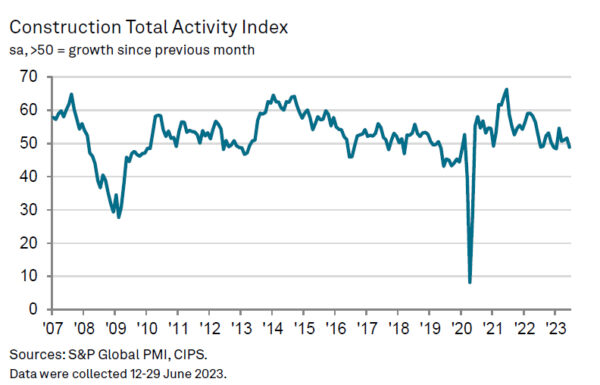
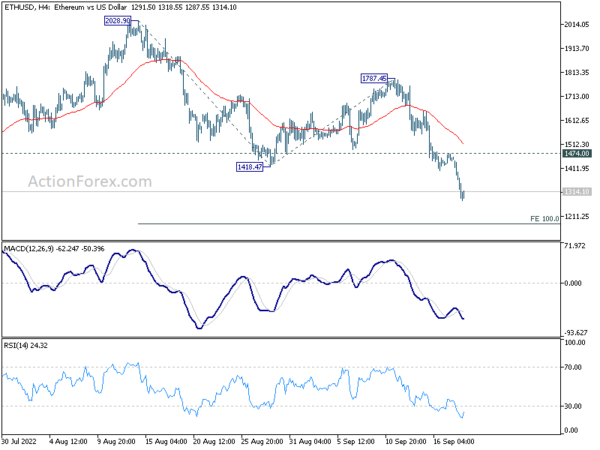
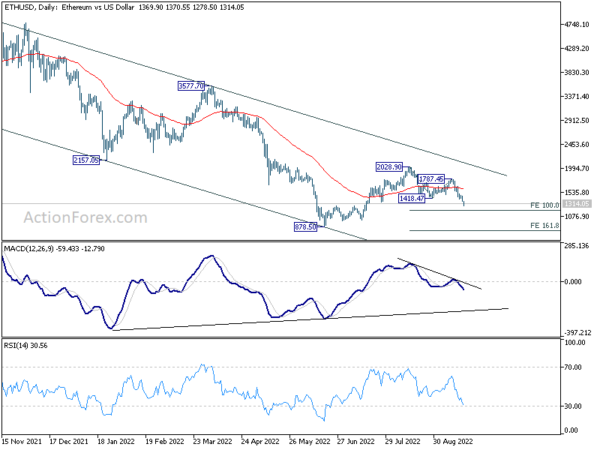
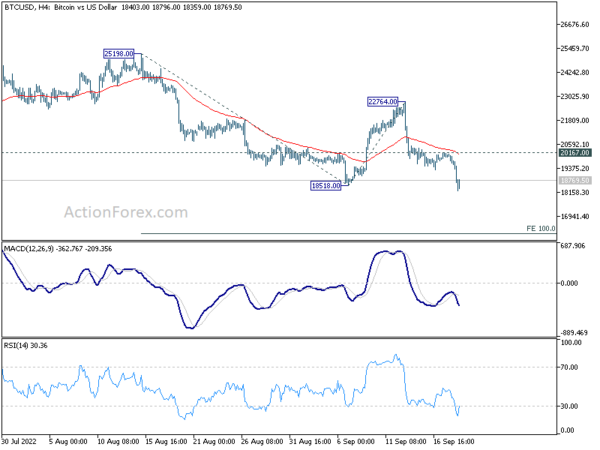
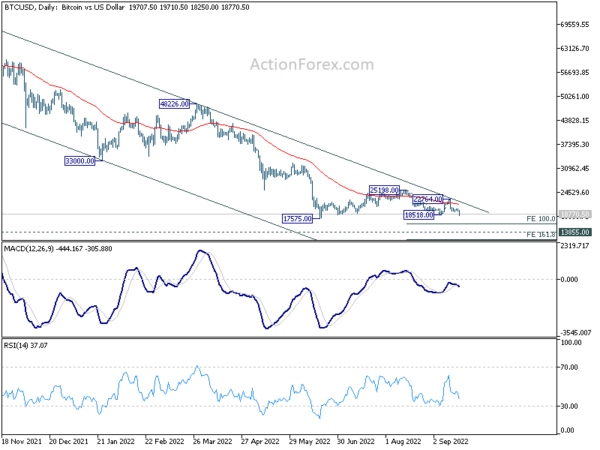
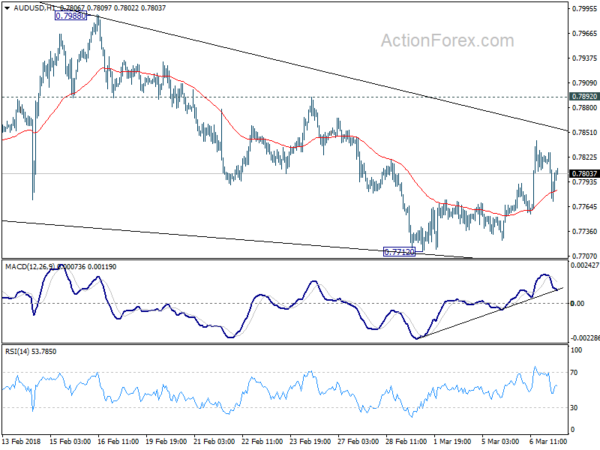
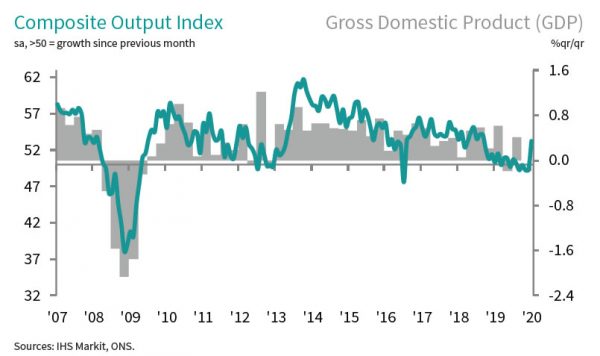
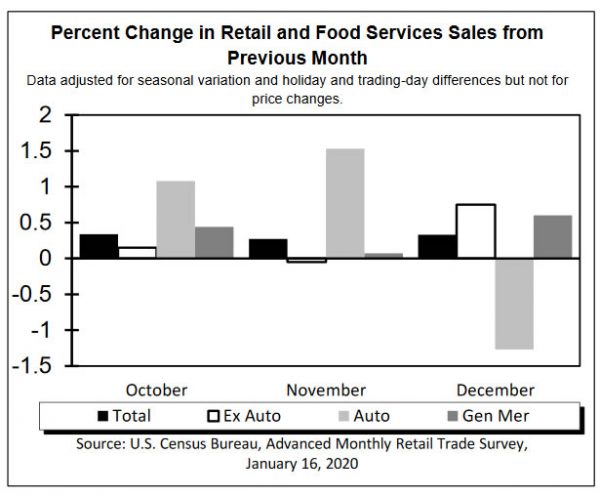
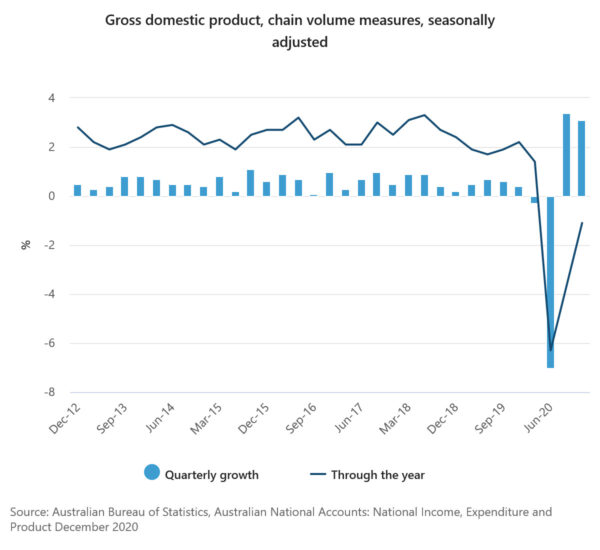
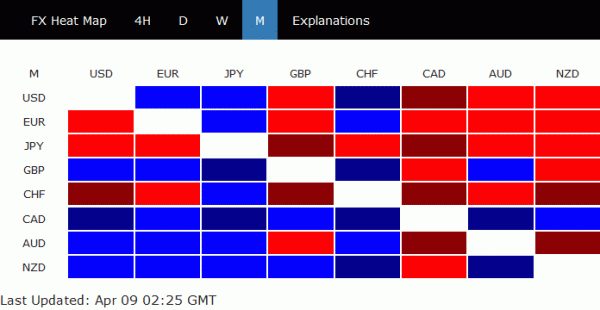
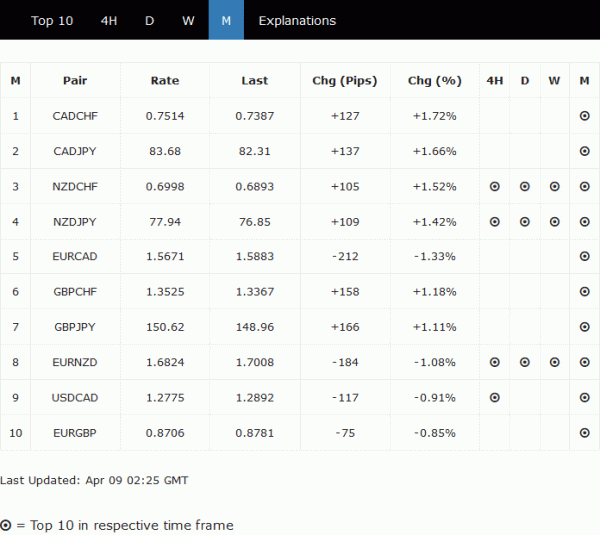
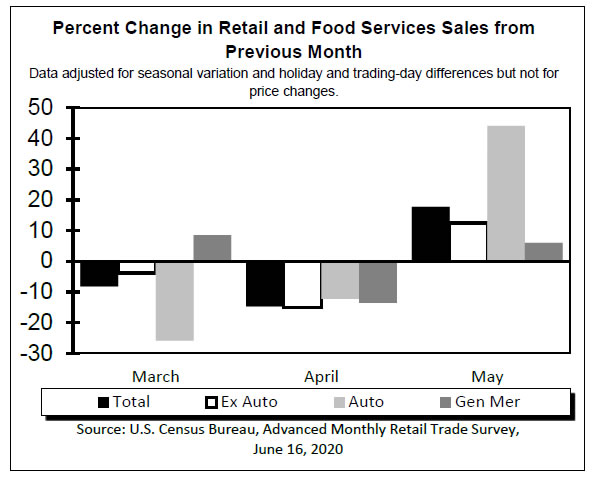
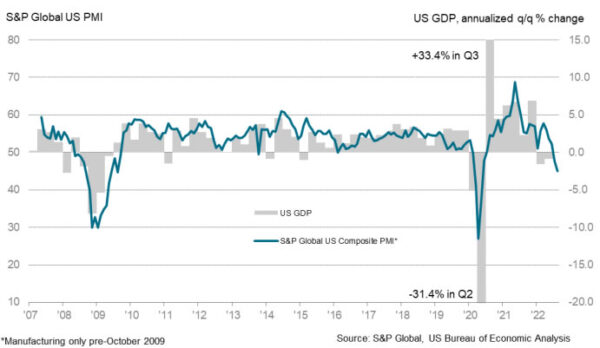
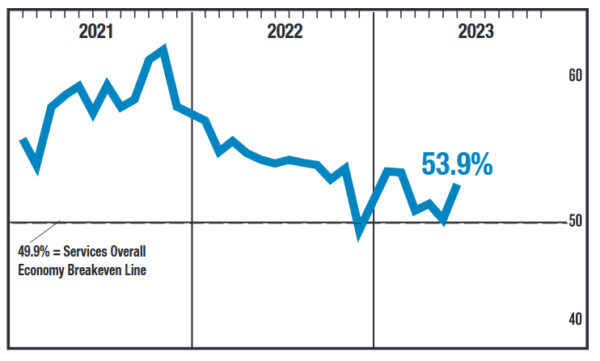
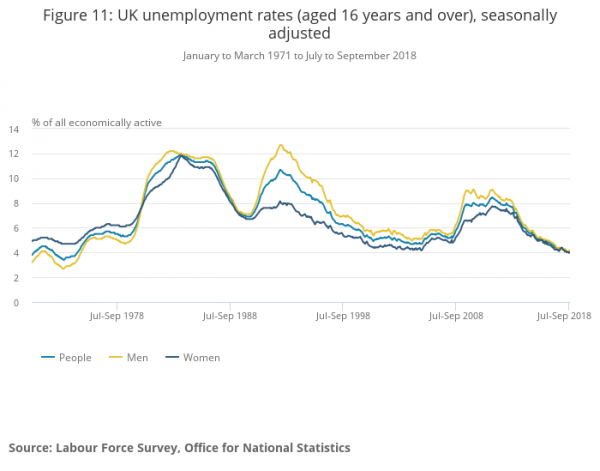
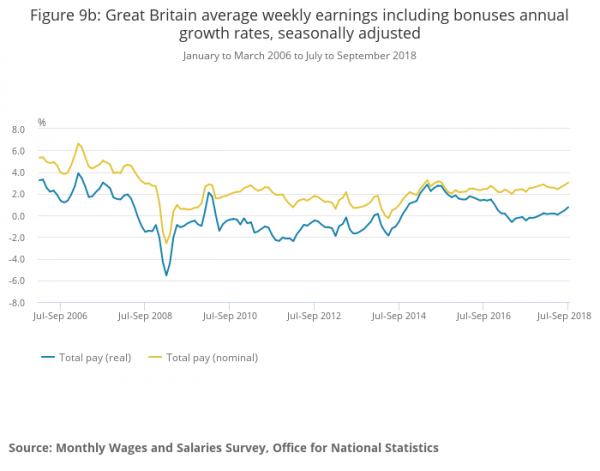
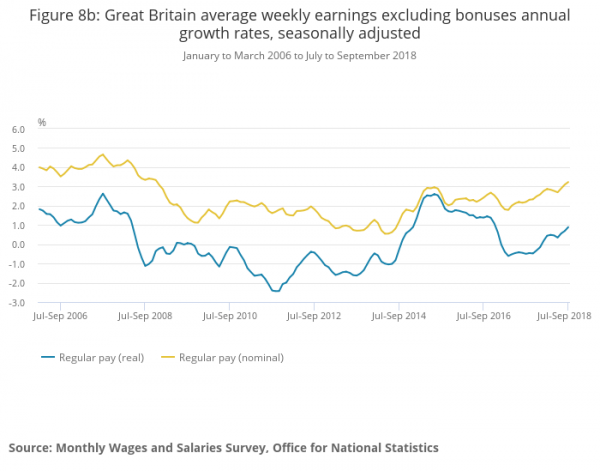
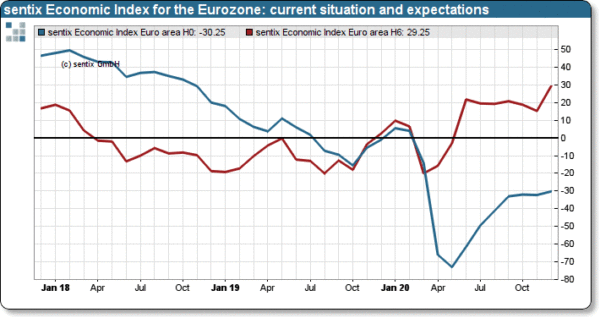

New Zealand BusinessNZ PMI dropped to 51.7, not getting too carried away with recovery
New Zealand BusinessNZ Performance of Manufacturing Index dropped from 54.0 to 51.7 in October. Production dropped from 56.7 to 51.1. New orders dropped from 58.1 to 52.4. But employment rose from 51.7 to 52.6.
BusinessNZ’s executive director for manufacturing Catherine Beard said that the sector remains in a state of flux, although still managing to keep in positive territory.
BNZ Senior Economist, Craig Ebert said that “October’s PMI serves as a gentle reminder of not getting too carried away with the sense of recovery, even if the worst of COVID’s impacts can be assumed to be behind us”.
Full release here.